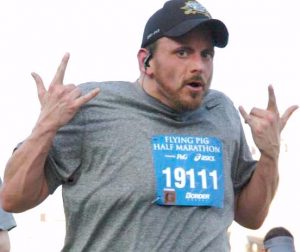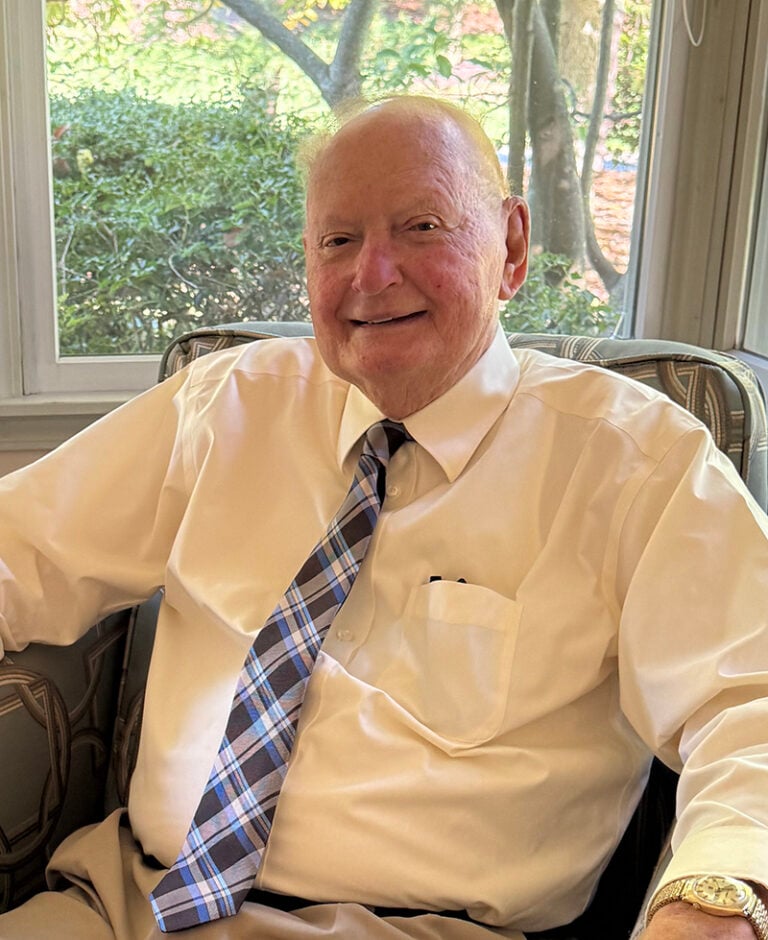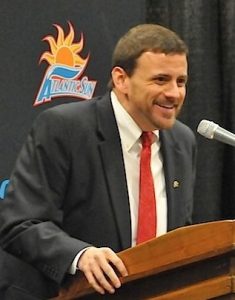By Chris Cole
Special to NKyTribune
Last week I began the “Finding Your Way” chapter of my trusty Boy Scout Handbook by sharing a story about getting lost while on a 500-yard drive. Those who don’t know me might think that is a geographical impossibility, but I assure you it was par for the course.
In truth, I could have shared a dozen stories like that. When I lived in Colorado, I once made a wrong turn and ended up on the wrong side of the Rocky Mountains. Another time, on a trip to North Carolina, my phone died at a restaurant and it took me three hours to find my hotel three blocks away.
You see, being navigationally challenged is one thing, but when you add in a refusal to stop and ask for help, you set yourself up for failure before you take your first step.
And I’m not one of those macho man scouts who thinks he’s too good to ask for directions – I just hate asking strangers for help. That’s probably why I’ve spent most of my life lost.

That’s how you end up trapped inside your own car, spending hours cutting your way to freedom using your key because you won’t ask someone for help. And it’s not necessarily a pride thing – Weren’t No Boy Scouts aren’t really a prideful people. It’s more about feeling like a burden. I hate burdening people more than just about anything.
And that makes the skills I learned this past week invaluable. “Finding Your Way” covers things like using a compass, measuring distances with sticks and rocks, and getting your bearings using nothing but the night sky.
I knew a compass uses magnets, but to be honest, that was about the extent of my understanding of one of the most important tools in human history. In fact, I used to drive a Toyota FJ Cruiser, and it had a big compass right in the middle of the dashboard. It looked cool, but one time the compass lost its way and stopped pointing in the right direction. I had no idea how to fix it, so I let the indicator flash for the last five years I owned the vehicle.
Like I said, we’re not a prideful sort.
The handbook explains how to easily set true north on your compass, so once again I find myself wishing I’d set out on my Man Scout adventure long ago.
And the book points out that compasses in most of the world don’t actually point to true north – they point to what is referred to as magnetic north, which is some distance from the North Pole. Who knew?
I was excited to read that Cincinnati falls on something called the agonic line, an imaginary line that passes through both the north pole and the north magnetic pole. In other words, in Cincinnati your compass actually does point to true north.

Or at least it did when my handbook was printed in 1952. Unfortunately, the agonic line shifts westward about 12 miles per year, which means today it runs through Western Kentucky rather than Cincinnati. It’s like our grandparents have always said – things have been on the magnetic decline ever since!
The chapter then covers how to measure distances. I worked out the length of my personal step by walking 400 feet and counting my steps, then dividing 400 by the number of steps. My pace is a little shorter than average, at about 2.1 feet. You can use this information for all sorts of things, including navigating a map when your phone is dead.
Measuring distances got me to thinking back to a time not so long ago when I took up running as a hobby. I’d lost a bunch of weight, and never one to shy away from a challenge, I skipped the couch-to-5K program and went straight to the Flying Pig Half Marathon.
Probably not my smartest move. But then again neither was sprinting out of the gate like I was Seabiscuit. Less than a mile in, I heard a pop in my left knee. I limped along, passing numerous first aid stations along way, but of course I refused to stop and ask for help. By the time I finished – yes, I still finished – my leg had rotated completely around and was pointing the wrong direction.
And that image sums up my life pretty well – wanting to go everywhere and do all the things, but with two legs facing opposite directions. Finding true north can be a little difficult when everything seems to be heading south. So most of the time, I just let the indicator flash.
But I did recover and I kept running, eventually deciding to try a full marathon – 26.2 miles. I guess maybe I had learned my lesson, because this time I gradually increased my distance until I was completing 20-mile training runs through my neighborhood.
Then I reinjured my leg before race day and never was able to complete a full marathon. With a bum leg, the pounds quickly came back and I found myself right back where I started.
That’s another story for another day, but I’ll always be able to say I ran 20 miles. And now, thanks to Chapter 14, I’m able to calculate that as more than 50,000 steps.
Until next week, Do a Good Turn Daily!
Chris Cole is Director of Enterprise Communications at Sanitation District No. 1 and a deacon at Plum Creek Christian Church in Butler. He lives in Highland Heights with his wife, Megan. The Man Scout chronicles Cole’s journey to acquiring some of the skills of the head, the heart and the hand he failed to learn as a child of the 1980s growing up in Newport. His field guide: a 1952 Boy Scouts Handbook he found on eBay.






















